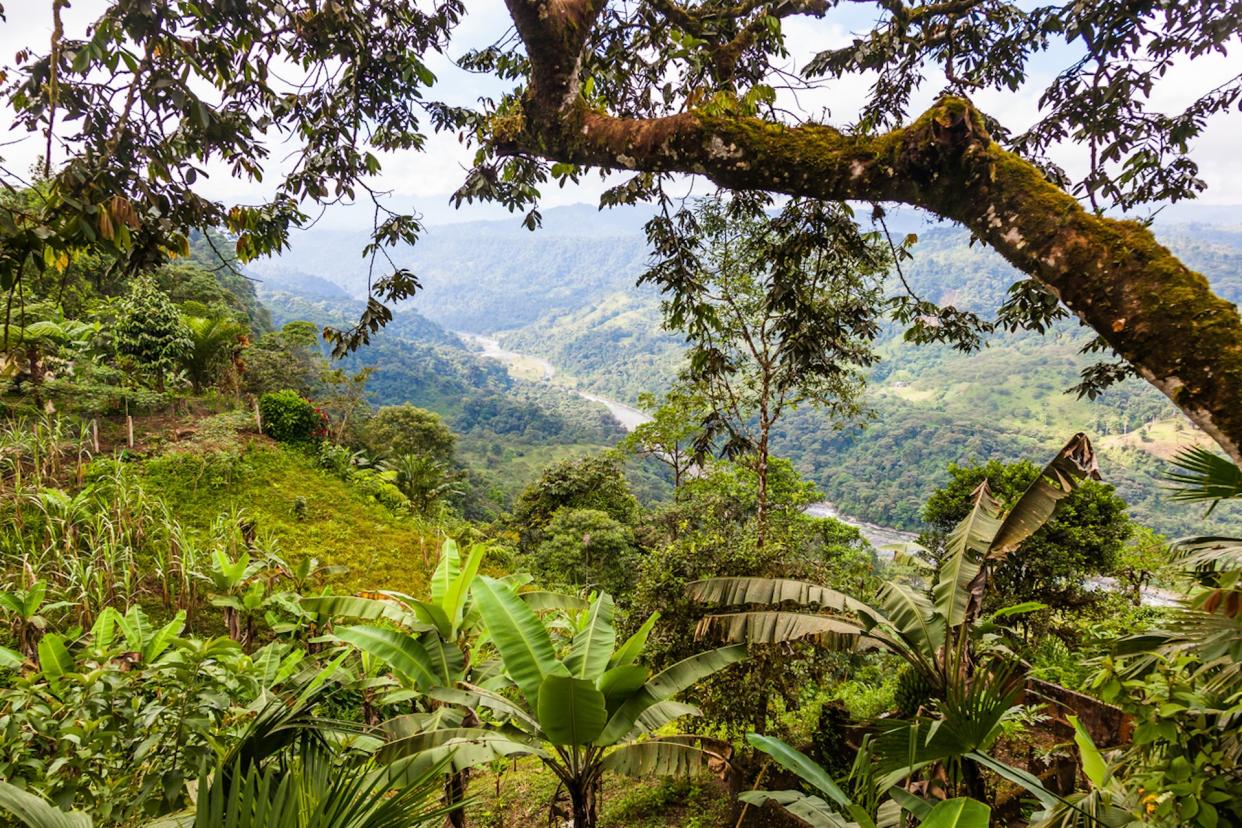Lost plant species found decades after being presumed extinct: 'Preserve these unique ecosystems'

It may seem like a miracle — but the unlikely survival of a previously unknown plant species is just nature at work. And for botanists around the world, it's an indicator of hope for the future, reports the Natural History Museum of London.
A research team in Ecuador made the discovery while surveying an area in Centinela Ridge, which has suffered from massive deforestation for many decades as farmers cleared the land to plant bananas, coffee, and cacao.
Due to the widespread clearing, Forbes reports that botanists had concluded the near-total loss of the area's prior biodiversity. According to the Missouri Botanical Garden Press, it had been home to an estimated 90 unique endemic species, as summarized by the Natural History Museum.
However, according to the museum report, a handful of farmers preserved the original forest from the ridge, where trees are still growing in patches. It was in one of these forested areas that the team, led by botanist Dr. John Clark, stumbled upon the tiny "miracle" plant.
Named Amalophyllon miraculum after the awe-inspiring circumstances of its discovery, the purple-leafed flower that stands 5 centimeters (about 2 inches) tall has officially been declared a new species. The team's findings were published in the journal PhytoKeys.
The NHM quoted Dr. Clark, who praised the "heroic efforts of local landowners" in their conservation success.
Watch now: High-speed rail can cut an hour commute to 15 minutes — so why isn't it more prevalent?
"Centinela is still alive because a few farmers chose to conserve the forests on their property instead of cutting them down," Clark told the Natural History Museum. "The remnant forests of Centinela are the result of these enlightened farmers who were inspired to maintain the beauty of a waterfall."
His team is continuing to work on a collaborative research project to identify and monitor the remaining endemic species of Centinela, hoping that this can help model future conservation efforts.
"This discovery of A. miraculum stands out as one of the many highlights in my career and is a humbling reminder of how much we still have to learn and the numerous discoveries waiting to be made," he said, per the Natural History Museum. "It underscores just how important it is to preserve these unique ecosystems."
Join our free newsletter for cool news and cool tips that make it easy to help yourself while helping the planet.

